Died 1360 | ||
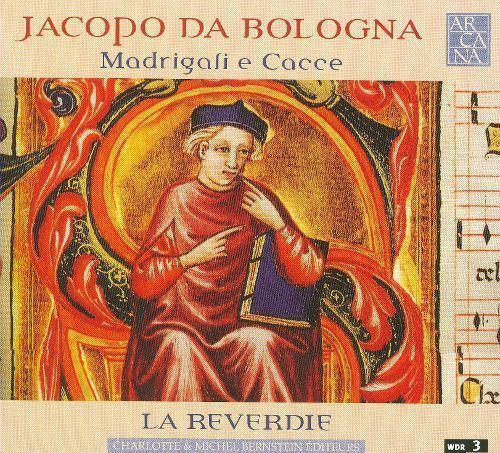 | ||
Similar Francesco Landini, Giovanni da Cascia, Gherardello da Firenze, La Reverdie, Johannes Ciconia | ||
Jacopo da bologna aquil altera ferma creatura gentil uccel di dio
Jacopo da Bologna (fl. 1340 – c. 1386) was an Italian composer of the Trecento, the period sometimes known as the Italian ars nova. He was one of the first composers of this group, making him a contemporary of Gherardello da Firenze and Giovanni da Firenze. He concentrated mainly on madrigals, including both canonic (caccia-madrigal) and non-canonic types, but also composed a single example each of a caccia, lauda-ballata, and motet (Marrocco 1954, 14–16, 27–28; Fischer and d'Agostino 2001).
Contents
- Jacopo da bologna aquil altera ferma creatura gentil uccel di dio
- Aquila altera jacopo da bologna 14th century
- References
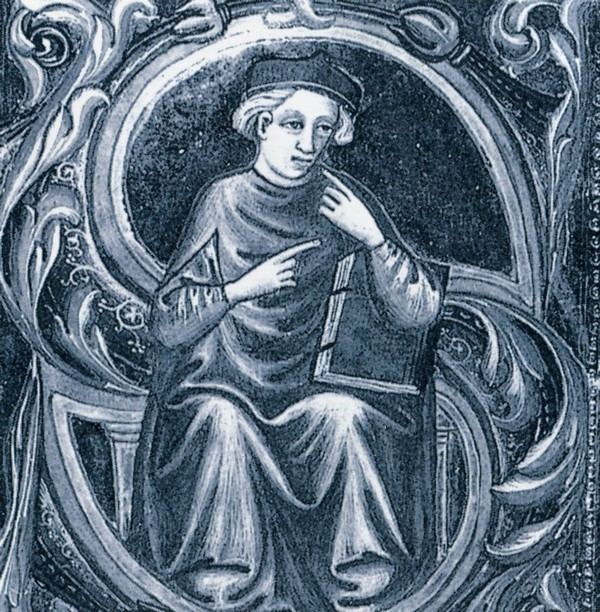
His setting of Non al suo amante, written about 1350, is the only known contemporaneous setting of Petrarch's poetry (Petrobelli 1975; Fischer and d'Agostino 2001).
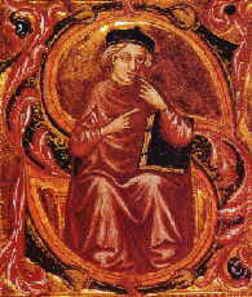
Jacopo's ideal was "suave dolce melodia" (sweet, clean melodies) (Fischer and d'Agostino 2001). His style is marked by fully texted voice parts that never cross. The untexted passages which connect the textual lines in many of his madrigals are also noteworthy (Cuthbert 2006, 192).
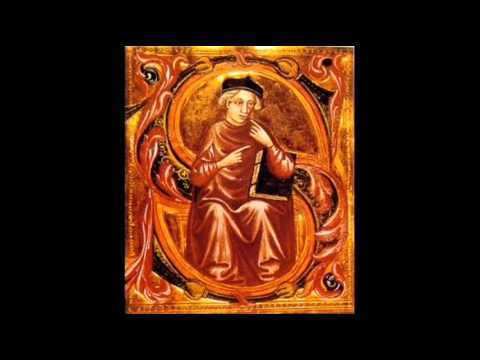
He is well represented in the Squarcialupi Codex, the large collection of 14th century music long owned by the Medici family; twenty-nine compositions of his are found in that source, the principal source for music of the Italian ars nova, alongside music by Francesco Landini and others (Marrocco 1954, 6). A portrait of Jacopo is found in this manuscript, and another possible portrait is found in a north-Italian manuscript, Fulda, Landesbibliothek, Hs. D23, fol. 302 (Fischer 1973; Fischer and d'Agostino 2001). However, the identification of Jacopo as the subject of the painting in the latter source was made by a hand later than the manuscript copyist's, throwing some doubt on its reliability (Fischer 1973, 62).
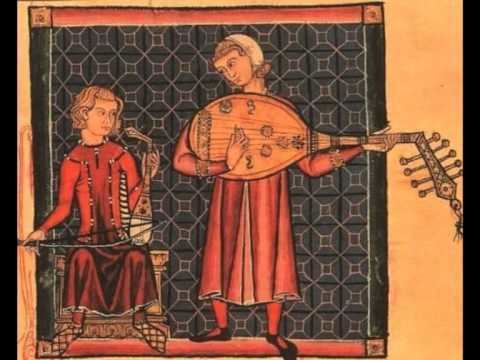
In addition to his compositions, Jacopo also wrote a short theoretical treatise, Questa è l'arte del biscanto misurato (Jacopo da Bologna 1933; Marrocco 1954, 146–55), which is influenced by French notational theory (Fischer and d'Agostino 2001). He may also have been active as a poet, to judge from the autobiographical texts of the madrigals Io me sun un che, Oselleto salvazo, and Vestìse la cornachia (Fischer and d'Agostino 2001).
